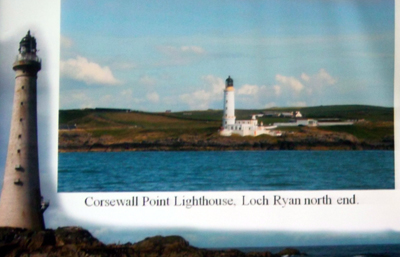Report in preparation – psp.
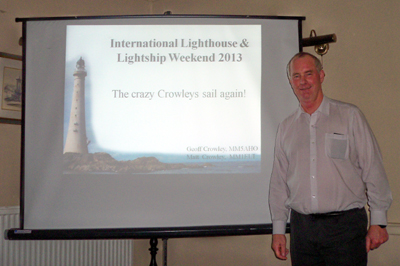
At the LRS meeting on 13th November 2013 we welcomed back Geoff Crowley MM5AHO for his talk “International Lighthouse & Lightship Weekend 2013 – the crazy Crowleys sail again!” He described the cruise this year with his son Matt MM1EUI to exotic islands including Wee Cumbrae and Ailsa Craig, illustrated by many slides and videos. Geoff has given several talks to the LRS in the past about his yacht trips around the western isles of Scotland.
Click for 2010 Report; 2011 Report.
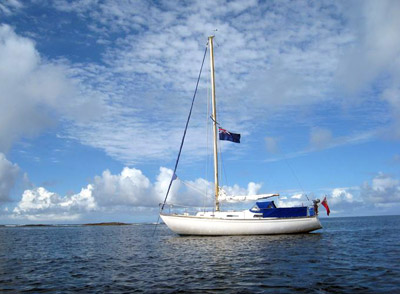
Geoff”s 10m yacht, Contender. The wire antenna is the rear mast stay, 10m long.
It is tuned by an ATU on all bands against a counterpoise of 5 wires run through the hull.
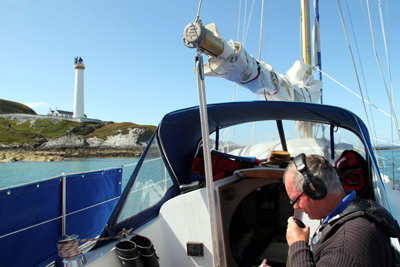
Geoff operating off Rhuvaal lighthouse on Islay on a previous trip.
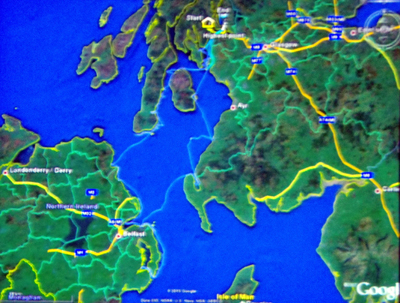
Map (or should that be “chart”) of the cruise route taken by Geoff & Matt. Starting from Helensburgh they sailed past Little (or “Wee”) Cumbrae to Arran, the Mull of Kintyre, and Sanda Island, then over to GI-land – Red Bay, Belfast Lough, Bangor and Strangford Lough, then back via Loch Ryan, Ailsa Craig and Girvan to Wee Cumbrae in time for Lighthouses & Lightships Weekend. Quite a trip!
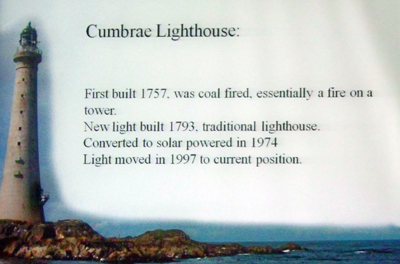
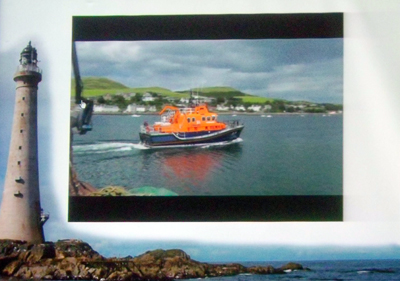
At one point, when they were in heavy seas, someone onshore thought they were in trouble and called the Coastguard. They received a radio call from the Coastguard and were able to report that they were OK.
This is the Campbelltown Lifeboat, a Severn Class with 2 x 1250 hp engines and capable of 25 knots.

Their visit to Red Bay coincided with a “truckfest” with some of the largest trucks in GI attending.
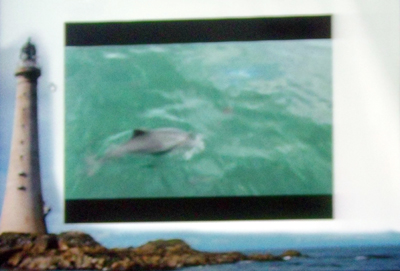
Several inquisitive porpoises were seen around the boat.
(Apology for unsharp photo – psp)
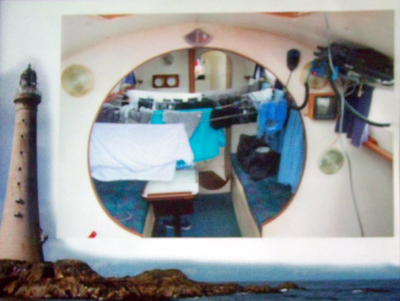
Interior of the Contender with the washing hung out to dry!
The radio rigs are on the RH wall. The ham rig is a 100W Yaesu FT-857 covering HF to 70cm.
The yacht engine needs to be left running when operating; the alternator supplies 40A at rest.
The antenna uses the 10m rear mast stay fed via coax to an ATU, tuned against a counterpoise of 5 wires run through the hull. A total of 50 QSOs were made in very difficult conditions, rather fewer than the previous year.
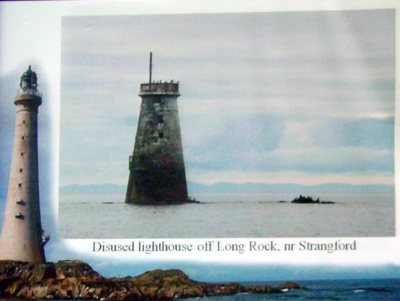
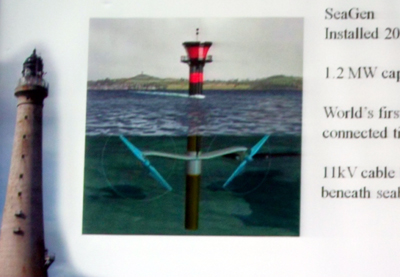
This SeaGen tide-generator has very large rotating sails beneath the water in a fast tide – worth avoiding!
It is located in deep water with only about half an hour of slack water per tide – a challenge for its installation.

The installation was done using a very large floating crane.
